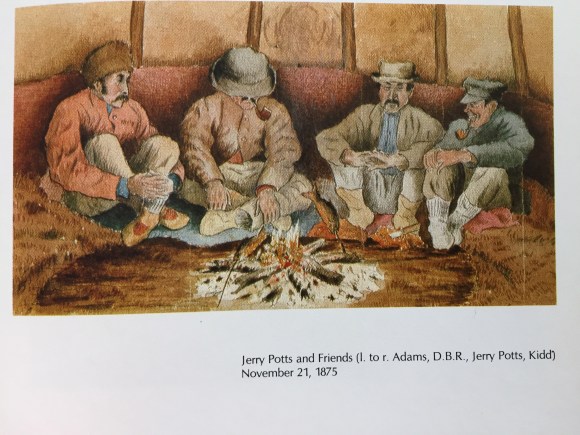
Despite recent attempts to sensitize Settler-Canadians to the brutal non-mythologised realities of our arrival and eventual colonial dominance in Canada, many stories of settlement still contain some version of the words “into a wild and uninhabited land came our brave ancestors.” Narratives based on an understanding of pre-Settlement Canada as “empty” or “wild” consciously or unconsciously serve an unjust political agenda. They ignore the ways in which First Nations were relied upon and then cast aside by the early Settlers. They conveniently excuse the economic and political machinations that were used to isolate and disempower Indigenous peoples in Canada, to metaphorically and literally starve them, and to seek their eventual destruction by death or assimilation.
In part because of the Truth and Reconciliation Commission, Canadian myths of origin are changing. But it is not yet clear how they will evolve, and it is much less clear that their evolution will lead to a greater willingness on the part of non-Indigenous Canadians to see land in new ways – ways that might foster the Treaty relationships. In November 2018 the government of Saskatchewan, responding in part to pressure from its Association of Rural Municipalities, significantly tightened rural trespassing laws.[1] This is a significant setback to public access, a backlash many think will only further damage relations with Indigenous peoples.[2] This summer I plan to walk – and camp – in Scotland and Finland, using the jokamiehenoikeus, or “right of responsible access.” These are countries in which a robust “right of responsible access” exists, and also countries from which Eastern and Western Canada derived some of their Settler populations. By studying how national myths are related to positive experiences of public use of land in Scotland and Finland, I am hoping to find resources in our own cultural histories that will help Settler-Canadians rethink their relationship to land, and thus to First Peoples.[3]
[1] https://sarm.ca/about-sarm/news/item/?n=194
[2] https://www.cbc.ca/news/canada/saskatchewan/saskatchewan-trespassing-plan-racial-tensions-1.4891278
[3] Anderson, 2018. “Pilgrimage and the Challenging of a Canadian Foundational Myth,” in Pilgrimage in Practice: Narration, Reclamation, and Healing, edited by Ian S. McIntosh, E Moore Quinn, and Vivian Keely, 148-163. Wallingford, UK: CABI Press.